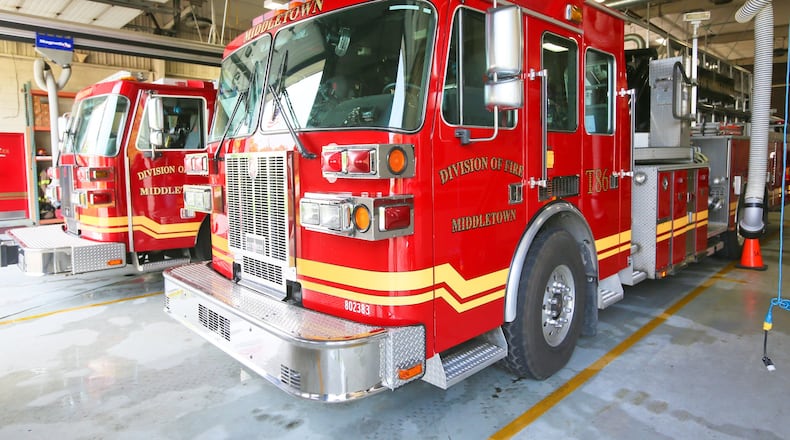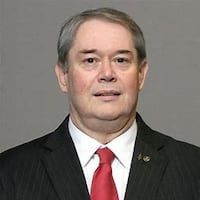Most fire chiefs in Butler and Warren counties have at least a Firefighter II certification on top of paramedic, EMT, fire or EMS instructor, or fire safety inspector certifications.
However, some smaller department chiefs have the lowest certification, volunteer firefighter, which only requires 36-hours of initial training and about 18 hours of continuing education/training a year.
“Certification is not an option,” said Kelly Stincer, spokeswoman for the State Fire Marshal. She said Ohio law requires all firefighters to hold a valid certification serve with a fire department and also requires fire chiefs to hold and maintain a firefighter certification to serve as a chief. The firefighter and EMS certifications are issued by the Division of Emergency Medical Services.
According to the Ohio Department of Public Safety, Division of Emergency Medical Services, each fire chief of the 34 village, city and township fire departments that serve Butler and Warren counties holds a valid state certification. Of that number, 22 hold Firefighter II certification, three hold Firefighter II, and seven hold volunteer firefighter certifications. Most of the fire chiefs who hold volunteer firefighter certifications lead very small volunteer fire departments in both counties.
This news outlet checked the roster of the Franklin Twp. Fire Department and found that all members hold valid certifications with two new members who are working to earn their certificates.
According to the Ohio Division of EMS certification verification website, of the 30 members of the Franklin Twp. Fire Department, there are eight people each who are certified at Firefighter levels I and II and 12 certified as volunteer firefighters. Two members are in the process of earning their volunteer firefighter certification, which they have a year to be certified following appointment, according to state law. The recently appointed interim fire chief, Kevin Jennings, holds a Firefighter II certification.
State Fire Marshal Jeff Hussey said he has “a real appreciation for the complexities of holding the position of fire chief. We always encourage training above the minimum levels for all of Ohio’s fire service, including the position of chief. We also respect the fact that each community’s situation is unique. Availability of qualified staff, funding, and training time vary widely across the state. We also understand that communities have differing expectations for service levels, depending on local circumstances.”
Hussey said the 36-hour volunteer firefighter certification is considered a bare minimum training level in Ohio, “there are some excellent fire chiefs who function with this level of training. Many of them have taken additional leadership training in non-certified courses and have acquired significant on the job experience.”
Hussey said the volunteer firefighter certification is unique to Ohio and not based on any National Fire Prevention Association standards.
“Many rural fire departments are heavily dependent on the 36-hour certification and would struggle to operate at all if it were eliminated,” he said. “While I would strongly encourage formal fire chief training, I also understand that many small communities in Ohio would struggle to comply with those additional requirements. Presently, this is a local government decision.”
BY THE NUMBERS
According to the Ohio Division of EMS, there are 39,540 certified firefighters as of Oct. 1. Of that total, there are:
- 10,905 volunteer firefighters
- 5,076 people who are certified at the Firefighter I level
- 23,559 people who are certified at the Firefighter II level.
In addition, many of these firefighters hold multiple certifications such as a paramedic, EMT, fire instructor, EMS instructor or fire safety inspector.
SOURCE: Ohio Division of Emergency Medical Services
About the Author

